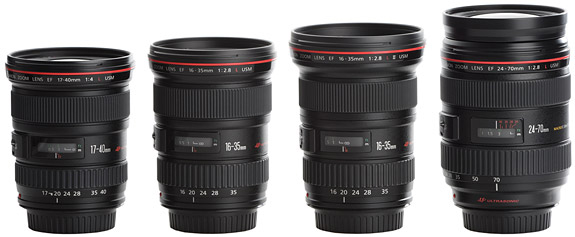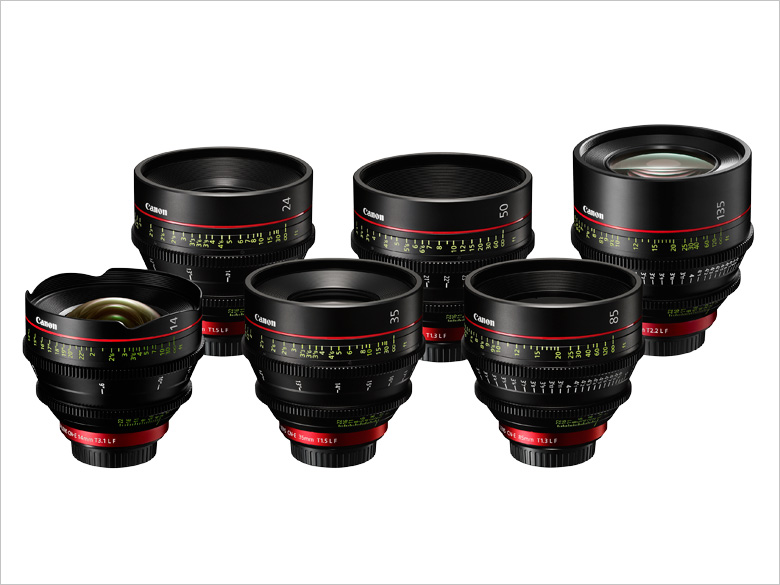This post is focused completely on lenses. How to choose between prime or zoom lenses? Picking between photo or cine lenses. As well as the differences between a 24mm or 85mm lens. I will also be talking a little bit about characteristics of lenses I’ve used before, and even talk a little bit about lens mounting and adapters.
So let’s start with the aperture / f-stop of the lens.
For example if you see, f/2.8 F2.8 or 1:2.8, it all means the same thing and refers to the maximum amount of light which the lens can take in. Something to note is that some zoom lenses have a variable maximum aperture which means that the maximum aperture changes depending on focal length.
 vs.
vs. 
Here is a quick snapshot of the major differences between Photo Lenses and Cine Lenses.
The first major difference is that you have an aperture ring to control exposure on the lens of a cine lens. Some of your older photo lenses may have a manual aperture ring. Secondly, your focus ring on a cine lens is larger which gives your focus puller more accuracy. On a photo lens, your lens readings are at the top of the lens. On a cine lens, your readings are on the side of the lens, which again aids the focus puller. Finally, your cine lenses are measured in T-stops and photo lenses are measured in F-stops.
Focal Lengths are one of the most important things to think about when picking lenses. Here is a quick guide on the ranges of focal lengths.
Macro – some lenses have a macro feature which means you can get really close and still hold focus. (Used for product photography and extreme close up shots)
Tilt Shift – These lenses give an interesting effect, making shots feel like a miniature scene, by allowing the cinematographer to have selective focus.
(Note- IS on a lens refers to image stabilization. Works great for handheld and longer lenses but don’t use when you are on a tripod and have any motion.)
Let’s talk a little bit about the pros and cons of prime and zoom lenses.
Prime lenses have a fixed focal length. You’ll physically have to pick up the camera to get different angles. With that being said, prime lenses usually allow more light in. I believe they are usually built a little bit better than zoom lenses and it keeps you from becoming a lazy filmmaker. (I’m somewhat biased)
Zoom lenses are great for run and gun type shoots. You can quickly bounce between focal lengths and get great shots. Your more expensive zoom lenses will have a consistent maximum aperture but cheaper zoom lenses will be variable and that drives me crazy. Zoom lenses offer way more flexibility over prime lenses.
Lenses from different times and manufactures have different visual characteristics. Canon lenses tend to be warm. Zeiss lenses are little cooler. My vintage Helios lens is really cool, which I love, but is also soft wide open. Testing your lens is key to getting the best out of the lens you are working with.
Now that you’ve picked your lens, lets make sure it mounts on to your camera.
It’s important to know which mount your camera uses before buying lenses online or at the store. Some mounts for DSLRs include the Nikon F-mount, Canon’s EF, the Pentax K, Sony’s Alpha (A) mount, and micro four-thirds lenses for cameras like the Panasonic GH4 and Blackmagic Pocket Camera.
Remember that lenses will look different based on the sensor of the camera. For more info on sensors, read my blog: http://gaddisvisuals.com/typesofsensors/
If this post was at all helpful to you, leave a comment. Subscribe if you haven’t already subscribed to the blog. Also, check out the podcast. I’ve been giving some great tips there as well.